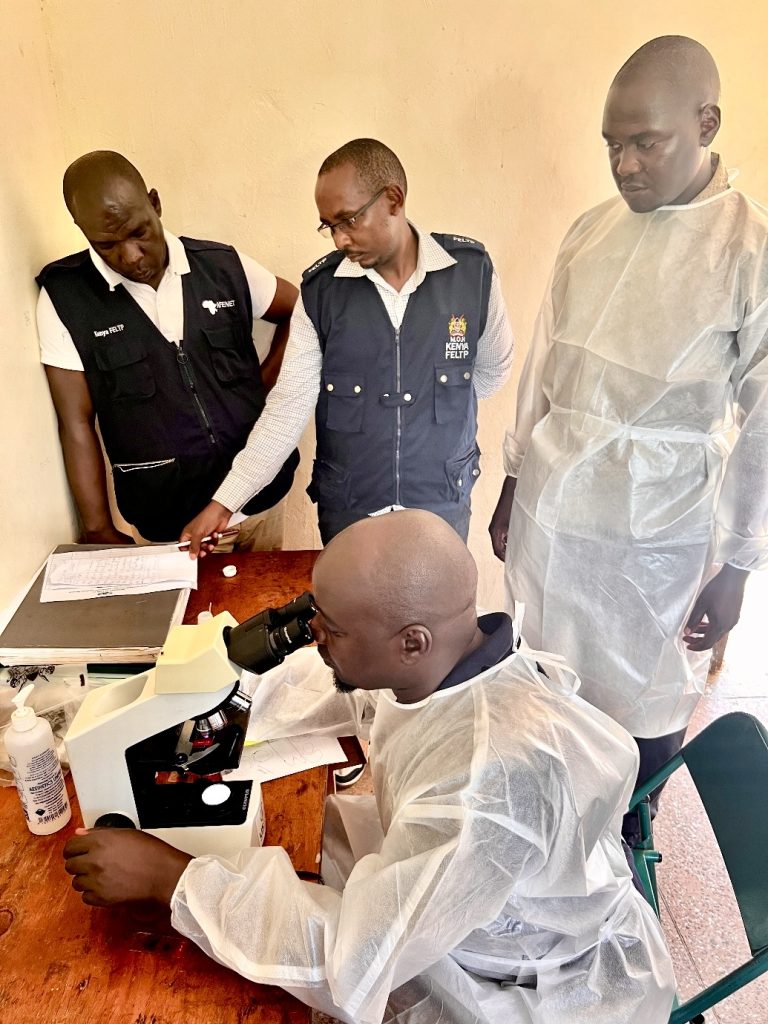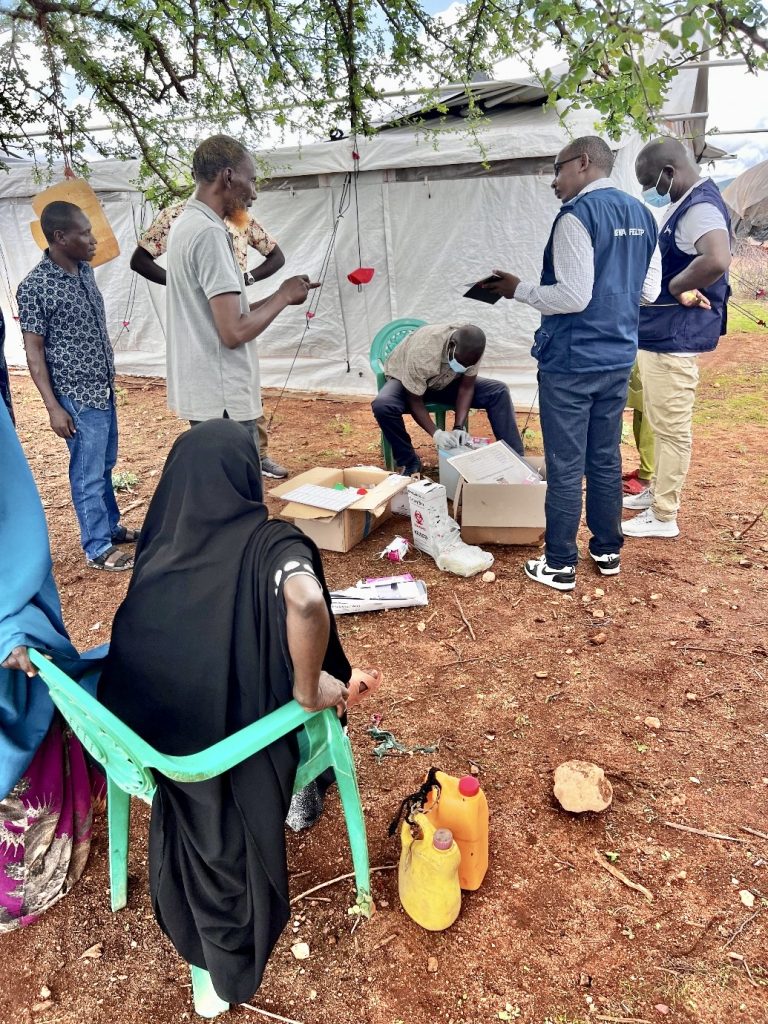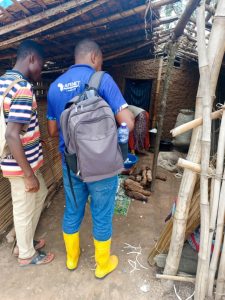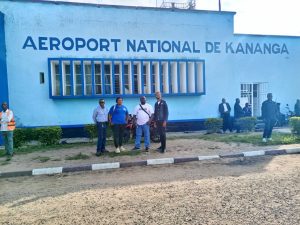Kenya FELTP Participation in Plasmodium vivax surveillance in Wajir County, Kenya, April 2025
-
by
AFENET


The Division of National Malaria Program (DNMP) within the Ministry of health, Kenya is committed to achieving a malaria-free Kenya, guided by the Kenya Malaria Strategy which emphasizes strengthening malaria surveillance and using data for informed decision-making. In supporting the realization of this commitment, the African Field Epidemiology Network (AFENET) through the Kenya Field Epidemiology and Laboratory Training Program (Kenya FELTP) is supporting the National Malaria Control Program (NMCP) in the investigation and surveillance activities for Plasmodium vivax malaria in Northern Kenya. The activities follow an upsurge of malaria cases caused by Plasmodium vivax that was noted by the Kenya FELTP Residents placed at the NMCP during the malaria dashboard review from January 1, 2025 through March 31, 2025 at the National Malaria Control Program that showed four facilities within Wajir county had reported P. vivax malaria cases beyond what is usually expected. Wajir County, a semi-arid region in northern Kenya, has historically experienced seasonal malaria transmission dominated by Plasmodium falciparum. The species has spread to other sub counties neighbouring Wajir North. The surveillance and response activity led by the Kenya FELTP residents placed at the NMCP sought to confirm the accuracy of the diagnoses, evaluate the capacity of the health system to detect and respond to malaria threats, mentor and capacity-build laboratory staff—particularly in malaria microscopy— to improve speciation and quantification accuracy. The activity is expected to provide evidence-based recommendations to guide appropriate response actions, strengthen malaria control strategies, and ultimately support the goal of reducing malaria incidence and deaths in Wajir County and Kenya as a whole.





